1.Punjab no.13:
2.Punjab Padmini:
4.Punjab 8:
5.Punjab Suhavani:
Other States Varieties:
Pusa Mahakali: Developed by IARI, New Delhi. Its fruits are of light green color.
6.Parbhani Kranti:
7.Pusa Sawani:
Soil –
Climate –
Time of sowing
Seed Rate
Seed Treatment
| Fungicide name | Quantity (Dosage per kg seed) |
| Carbendazim | 2gm |
| Imidacloprid | 5gm |
Spacing
Row to row spacing should be 45 cm is recommended and plant to plant distance is 15-20 cm..
Sowing Depth
Plant seed at depth of 1-2 cm.
Method of sowing
For sowing dibbling method is used.
Fertilizer Requirement (kg/acre)
| UREA | SSP | MURIATE OF POTASH |
| 80 | As per soil test results | As per soil test results |
Nutrient Requirement (kg/acre)
| NITROGEN | PHOSPHORUS | MURIATE OF POTASH |
| 36 | As per soil test results | As per soil test results |
1)Shoot and Fruit borer : Earias vitella, E. insulana

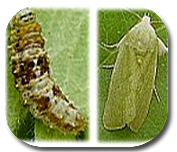
Symptoms-
Management-
2) Blister beetle :
Symptoms-
The beetle feed on pollen, petals and flower buds.
Management-
3) Aphid : Aphis gossypii
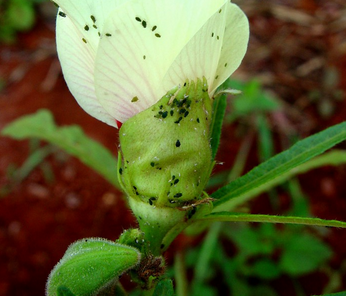

Symptoms-
Management:
4 .Shoot weevil: Alcidodes affaber

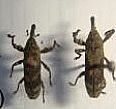
Symptoms of damage:
Management:
5.Stem weevil: Pempherulus affinis

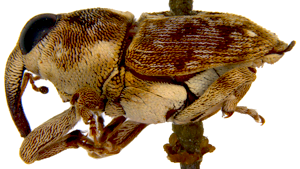
Symptoms of damage:
Management:
6.Leaf roller : Sylepta derogata | |
Symptoms of damage:
Management:
| |
7.Semilooper: Anomis flava
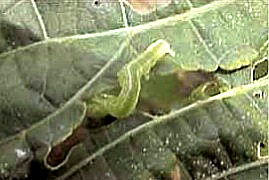
Symptoms of damage:
Management:
8.Whitefly: Bemisia tabaci


Symptoms of damage:
Management:
9 Jassids: Amrasca devastans
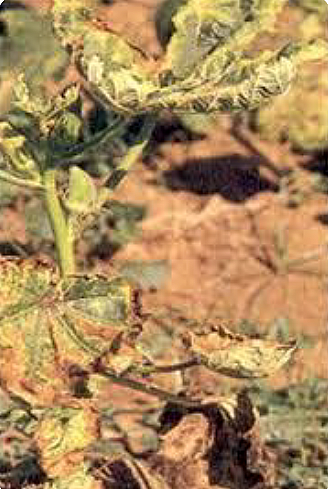
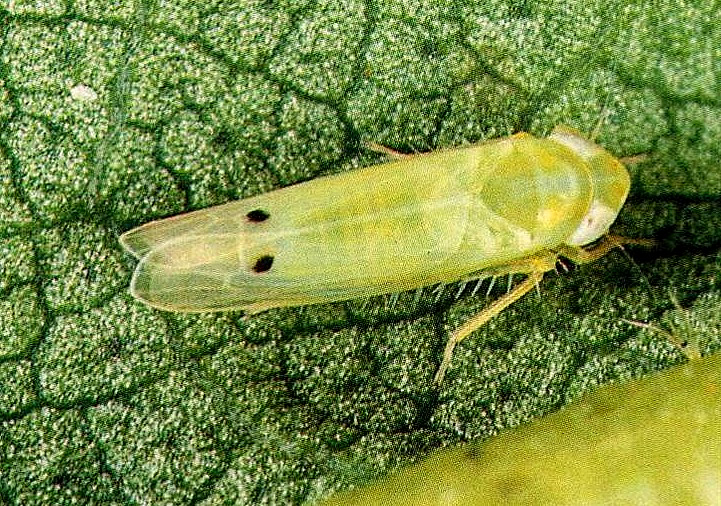
Symptoms of damage:
Management:
Spray any one of the following insecticides (spray fluid 500 l/ha)
10.Red cotton bug: Dysdercus cingulatus
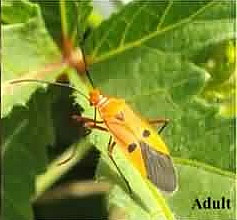
Symptoms of damage:
Management:
1.Potassium
|
| Deficiency Symptoms |
Stunted plant growth; old leaves become turn yellow in color and occurence of marginal chlorosis |
| Correction Measure |
Foliar spray of KCl@1% |
2.Boron
|
| Deficiency Symptoms |
Leaves become brittle; stunted plant growth |
| Correction Measure |
Foliar spray of borax@0.5% |
3.Boron
|
| Deficiency Symptoms |
young leaves become smaller in size; malformed fruits |
| Correction Measure |
Foliar spray of borax@0.5% |
4.Iron
|
| Deficiency Symptoms |
Stunted plant growth; chlorosis occur in young leaves |
| Correction Measure |
Foliar spray of FeSO4 @ 05.% |
5.Manganese
|
| Deficiency Symptoms |
Reduction in internode length was observed about 5 weeks before the leaves showed chlorosis. |
| Correction Measure |
Foliar spray of MnSO4 @0.5% |
6.Zinc
|
| Deficiency Symptoms |
|
| Correction Measure |
Foliar spray of ZnSO4 0.5% or Soil application of 10kg ZnSO4/ha |
1) Yellow Vein Mosaic Virus:

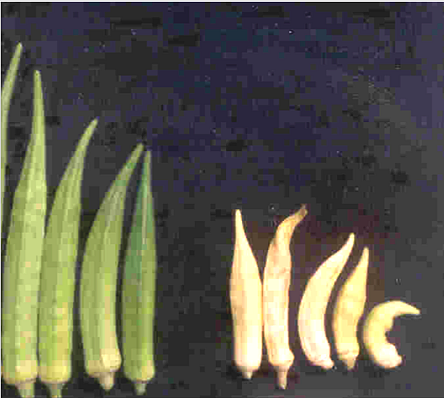
Symptoms-
Management-
2) Powdery mildew:
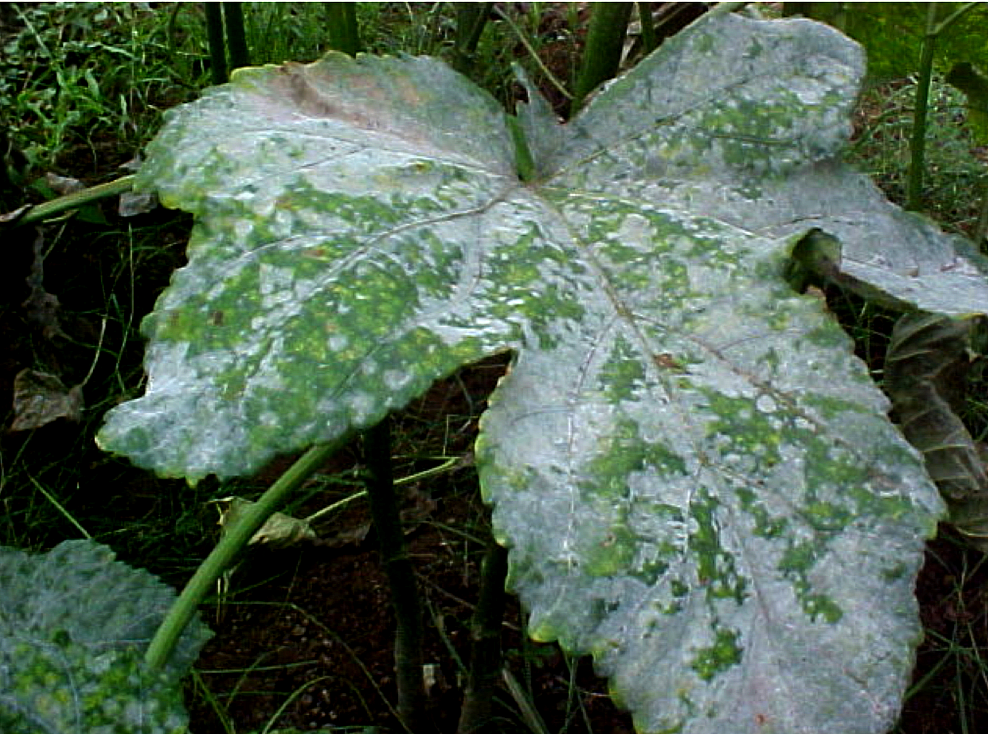

Symptoms-
Management-
3) Cercospora leaf spot:
Symptoms-
Management-
4) Root rot :
Symptoms-
Infested roots become dark brown in color and plant die in case of severe infestation.
Management-
5) Wilt:

Symptoms-
Management-
If infestation is observed, Drench with Carbendazim@10gm/10Ltr water around root zone.
Crop Growing districts: Vellore, Salem, Coimbatore, Dindigul
Major markets in Tamil Nadu: Periyar Vegetable Market Koyambedu, Chennai Gandhi Market, Oddanchathiram Natchipalayam vegetable market, Coimbatore
Grade Specification: Light green or dark green, hairy or tender smooth surface, 5-ridged and remain tender for a longer period, medium length.
